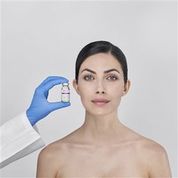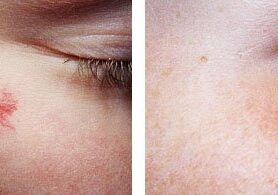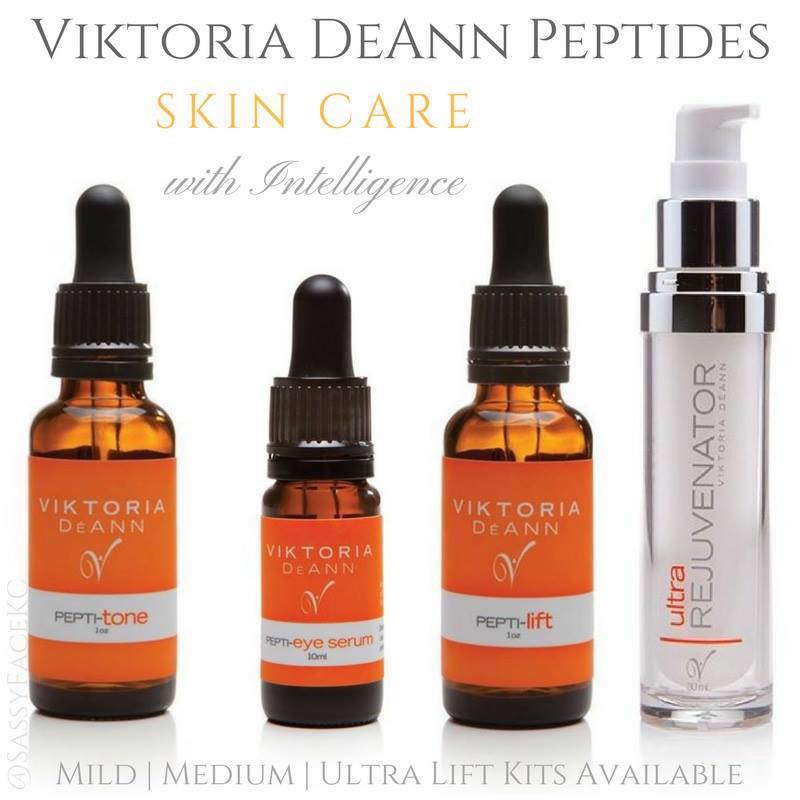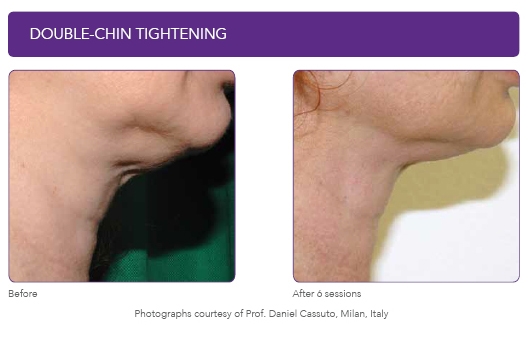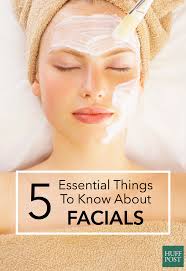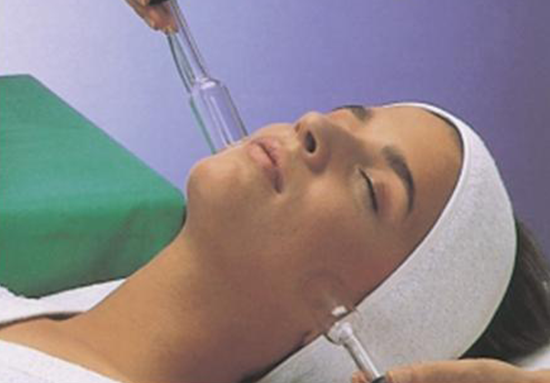
Sure, we all love summer- the weather, the clothes, the beach vacation- but for people with acne, this season can be both a blessing and a curse. You may be surprised to learn that you do not actually perspire much more when the humidity is high, but that sweat simply stays on your skin longer because it does not evaporate into the air as quickly. When sweat hangs around, it can result in blocked pores. Plus, humid air can stimulate the sebaceous glands to produce more sebum, giving skin an oily appearance. Eventually the combination leads to more frequent breakouts.
Combat Humidity
Have a good skin regimen. A skin-care routine for people with acne should have at least three parts: cleaning, prevention and spot treatment.
Keep It Clean
To keep your face from looking like an oil slick, cleanse it properly. Choose an gel cleanser that can help dissolve the grease on your face. A formula with salicylic acid is an ideal option if you’re dealing with oily skin in a humid climate because it helps to exfoliate both inside the pores and on the skin surface to prevent acne. Look for a cleanser with a 2% salicylic-acid content so you won’t dry out the skin. Use your cleanser morning and night to keep skin clear and free of shine.
Use an Astringent
You might also add an astringent to your skin care regimen, even if you typically don’t use these products. Astringents are a great way to remove excess oil from the skin’s surface, and leave your skin looking matte. The brand name isn’t important just a product you like and feels good on your skin. You can even use good old fashion witch hazel ( my personal favorite), just get a good quality one.
Prevention
Alpha hydroxy acids comes in many forms such as lactic acid, mandelic acid, and glycolic acid.
While Alpha Hydroxy Acids can be used for a variety of different purposes, they are most commonly used in treating acne. Their main purpose is to help exfoliate the skin. This ensures that the dead skin cells that remain on the surface of the skin are removed. As you may well know, it is these dead skin cells which contribute to blocked pores. It is blocked pores which will lead to a person dealing with acne.
But if you’ve got your skin clear through other methods and just want to fade some hyper-pigmentation or make your skin brighter and more even, Alpha Hydroxy acid can make an impact even just using it once or twice a week.
Moisturize
Counteract Dryness with a Water-Based Moisturizer. At night, use a lightweight, water-based moisturizer to seal in moisture and help keep your skin hydrated while you sleep. Look for one that is non-comedogenic which means it will not clog pores.
Spot Treat
Salacylic acid and benzoyl peroxide are two over-the-counter meds that work well to help break up the dead skin cells that are clogging the pores. These are usually used as spot treatments, but can also help with prevention.
Getting too much sun even with SPF
While it feels great to be outdoors in the sun as much as possible in the summer, too much of a good thing can wreak havoc on your skin6.
After being in the sun, people can notice a temporary improvement in their skin issues6, but the sun’s rays can actually inflame existing acne and certainly darken the appearance of lesions, making them more noticeable.
Get a Monthly Facial
To further help absorb oil and keep your pores clear, receive an in salon deep cleansing facial and light peel. A deep cleansing facial will exfoliate your skin, remove dead skin cells that can clog pores and cause blemishes.


